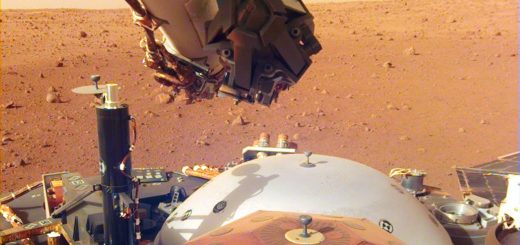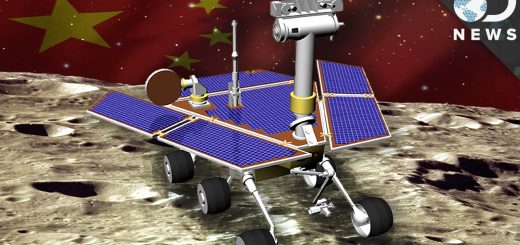NASA | Water on the Moon
[ white noise ] [ music ] Since the 1960’s, scientists have suspected that frozen water could survive in permanently shadowed craters at the Moon’s poles. Both hydrogen and oxygen could be trapped within the lunar soil. So to find water on the Moon, scientists are looking for indications of hydrogen using the Lunar Reconnaissance Orbiter’s LEND neutron detector. By observing the interaction of neutrons with the lunar soil, scientists can interpret how much hydrogen is likely to be present. In order to make a detailed interpretation, however, LEND needs to observe a large number of neutrons. Because LRO is constantly moving, LEND is never over one place long enough to count many neutrons. So, to make a detailed interpretation of neutron flux, scientists add together many measurements from many orbits. With each orbit LEND’s dataset gets larger and its picture of neutron flux continually improves over time. The dark blue regions in this visualization are places on the south pole of the Moon with a suppressed flux of neutrons because of their interaction of hydrogen. These areas strongly suggest the presence of water frozen within the soil. While previous lunar missions have observed indications of hydrogen at the Moon’s south pole, the LEND measurements for the first time pinpoint where hydrogen, and thus water, is likely to exist. By combining years of LEND data, scientists see accumulating evidence that there is water on the Moon. And as LRO continues to return data, our picture of the Moon and its water will continue to get better in the years ahead. [ music, sound effect ]













